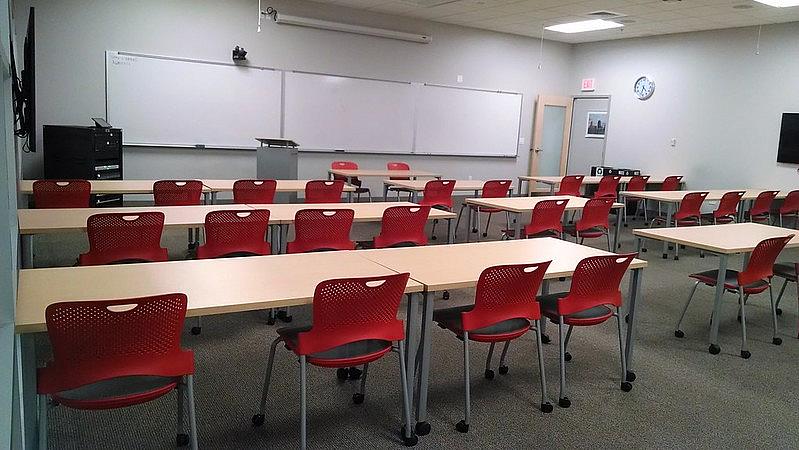Road Blocks: Obstructions in Latino education

Photo via Flickr
Horror stories involving school staff restraining students who are screaming their lungs out; students isolated in rooms for behavioral conduct; students being transferred to other schools without parental say in the matter; and special education programs having to rely on non-certified instructors because the schools can’t attract certified staff.
These are just some of the issues we hear about from the community when they speak of the school system in San Benito County, California.
A small, rural community located about 40 miles south of San Jose in the heart of Silicon Valley, San Benito County was settled by Native Americans and Spaniards who were attracted to the fertile soil and favorable climate. Agriculture remains the primary industry in San Benito, which provides many seasonal jobs to migrant workers.
With proximity to Santa Clara, Monterey and Santa Cruz counties, a high percentage of residents commute daily to jobs outside the county.
While more than 60% of the county’s population is Latinx, language continues to be a barrier for residents to access available resources. School-age children are especially affected by the lack of resources in areas such as mental health. School data for suspensions and special education demographics provide a glimpse of the issues students are facing.
Students are typically assessed and diagnosed for learning disabilities in their early elementary school years. There were 2,036 or 33% of students classified as English learners in the 2018-19 school year in the Hollister School District, San Benito County’s largest elementary district. It’s possible that the language barrier contributes to misdiagnosis of students who don’t test well and demonstrate behavioral problems. The language barrier can exist between teachers and students, and extend to school officials, parents, and mental health service providers.
With a high population of agricultural workers in San Benito County, many parents lack knowledge of student rights, and lack the time and language skills to advocate for their children. This often leaves students to fend for themselves.
While Latinx students constitute 75% of the enrollment in the county’s public schools, some schools have even more—as high as 93% in one local elementary school. Yet Latinx students are still disproportionately represented in countywide suspensions. San Benito County has a suspension rate of 4.6%, significantly above the state average of 3.6%. Based on the available data, it appears that local school districts rely on pushing kids out of school as a means of discipline, without providing resources that address behavioral issues. In some districts, 80% of suspended students are Latinx.
Such is the case with the county’s biggest high school, San Benito High. According to the California Department of Education, in 2018-19 the high school served 3,238 students, of which 74% were Latinx. Of the 163 suspensions that school year, 87% were Latinx students.
Latinx students are also disproportionately represented in special education. Of the 380 special education students in the San Benito High School District (statistics for the high school itself were not available) at least 258 (68%) are Latinx. It could be as high as 82%, though the California Department of Education does not provide the number of students under a specific disability category if there are less than 11 in order to protect student privacy.
Are students with behavioral problems receiving appropriate mental health services, or are they being pushed into special education because of a lack of services and/or misdiagnosis? Are the schools following the correct process in assessing students for their needs? If not, why?
Reporting on the data
While the California Department of Education discloses data on the number of suspensions, the reasons for suspension are not shared. Obtaining these records is vital to gaining a more complete understanding of why San Benito County has a high rate of suspensions of Latinx students. It can also help us understand why predominantly Latinx students are placed in special education.
Analyzing the budget for special education can be an indicator of what services are given priority, and may help clarify whether the struggle to attract certified teachers is due to wages or because they don’t have the support necessary to be successful in the classroom.
To better understand the data, for my 2020 California Fellowship, I plan to use the partnerships BenitoLink has forged over the years that include organizations that serve at-risk youth such as Youth Alliance; Child Appointed Special Advocates (CASA); Community Solutions, a nonprofit that deals with victims of domestic abuse, human trafficking, and issues related to youth and sexuality; and Chamberlain’s, a home for foster children.

